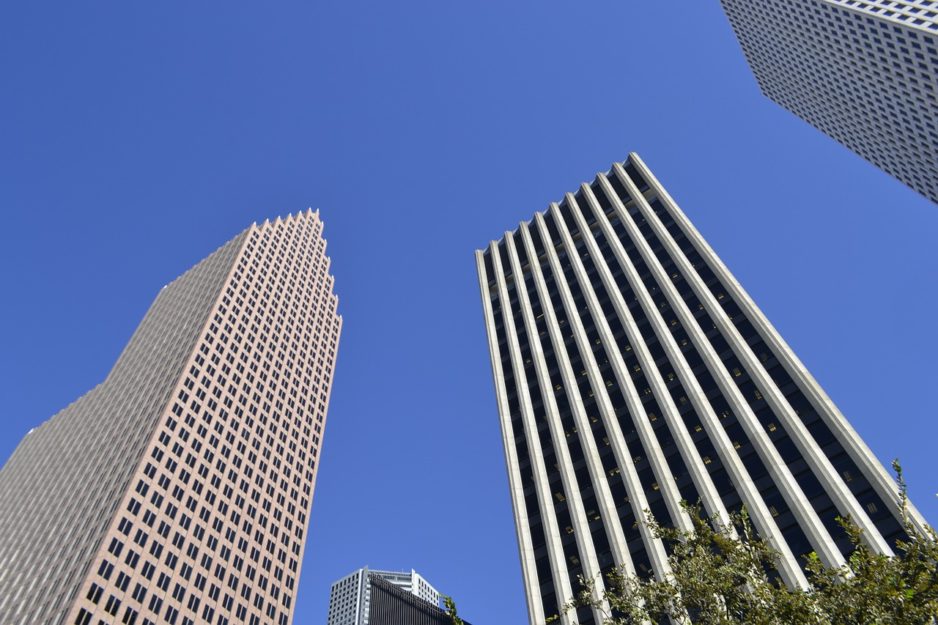Throughout the year 2020, we heard many reports from cities across the world showing how clear the sky was. In Delhi, in London, in San Francisco, in Los Angeles and many more. The normal conclusion most of us had was that halting human activity and transportation had a dramatic effect in clearing the air. Most of us thought a move to electric mobility will do the trick to reduce air pollution.
However, scientists dedicated to study air pollution saw a different reality. That portrays the complexities of air pollution. For 20 years Francesca Dominici from the Harvard T.H. Chan School of Public Health has been studying the effect of air pollution on health. She and her colleagues created a platform that links data on the health of Americans. They used Medicare and the quality of the air wherever they live. In the past, the amount of data they had and the time-span of it led them to clear conclusions.
The scientific evidence
- Pollution could be linked to higher death rates. Even when air quality was at the level known as ‘national standard’, meaning the standard level does not seem to be safe.
- Hospitalizations for kidney failure, septicemia where up every time pollution was up. Which supports evidence that PM2.5 can permeate and affect internal organs.
- Air pollution, both indoors and outdoors, is harmful at lower levels than acknowledged by authorities. It affects many parts of our bodies. The toll on the body of air pollution affects all the body’s essential systems: the brain (Alzheimer and cognitive decline), the nervous system (Parkinson’s and neurodevelopmental disorders), the cardiovascular system (coronary artery disease, strokes, heart attacks, blood clots), the respiratory system (COPD, asthma, lung cancer), endocrine system (obesity, diabetes), the reproductive system (diminished fertility, low birth weight, premature births); in addition to colon cancer, bladder, kidney and stomach cancers.
Air quality in pandemic times
When the pandemic struck in 2020 and countries started imposing lock-downs and reducing mobility. All scientists that had worked on air pollution took this opportunity to understand what happens when traffic is dramatically reduced. The answers where not as straightforward as we would have expected. Each country and even each city had different reactions. In some cities NO2 and CO2 levels went down but ozone went up.
In Italy, for example, it was observed that during lock-down air pollution did not go down as expected with cars and transportation industry halted. It turned out the PM2,5 levels were only 16% lower than in 2019. In fact, the highest polluter in Europe, parts of the US, Russia and East Asia is agriculture.
Ballistic role of PM2.5
Joshua Apte, an atmospheric chemist at the University of California, Berkeley said: “I was really struck by how little the PM2.5 composition seemed to have changed” in Delhi, he says . “We were looking for a smoking gun” of emission changes, he says, “but there wasn’t one”. “Just as PM2.5 levels didn’t fall dramatically, their chemical composition didn’t shift radically”.
Nonetheless the association between air pollution and mortality and disease held true:
- During the onset of the pandemic viral death rates were higher in those places with higher PM2,5. Bodies exposed for many years to PM2,5 were more susceptible to the virus.
- Worldwide particle pollution was responsible for 15% of COVID deaths and for 27% in East Asia.
In China, improved air quality due to factory closures during lock-down saved between 9,000 and 24,000 lives. For scientists in this field it is very clear that better air saves lives. Worse air translates into more asthma attacks, more heart attacks, and simply more deaths.
Although the basic link between air pollution and death and disease held true during the pandemic, many new lessons were learnt. Air pollution complex composition should take into account traffic, agriculture, industries and many more sources of contaminants.
Sources:
Science News – What the pandemic can teach us about ways to reduce air pollution
National Geographic – Air pollution kills millions every year, like a ‘pandemic in slow motion’

